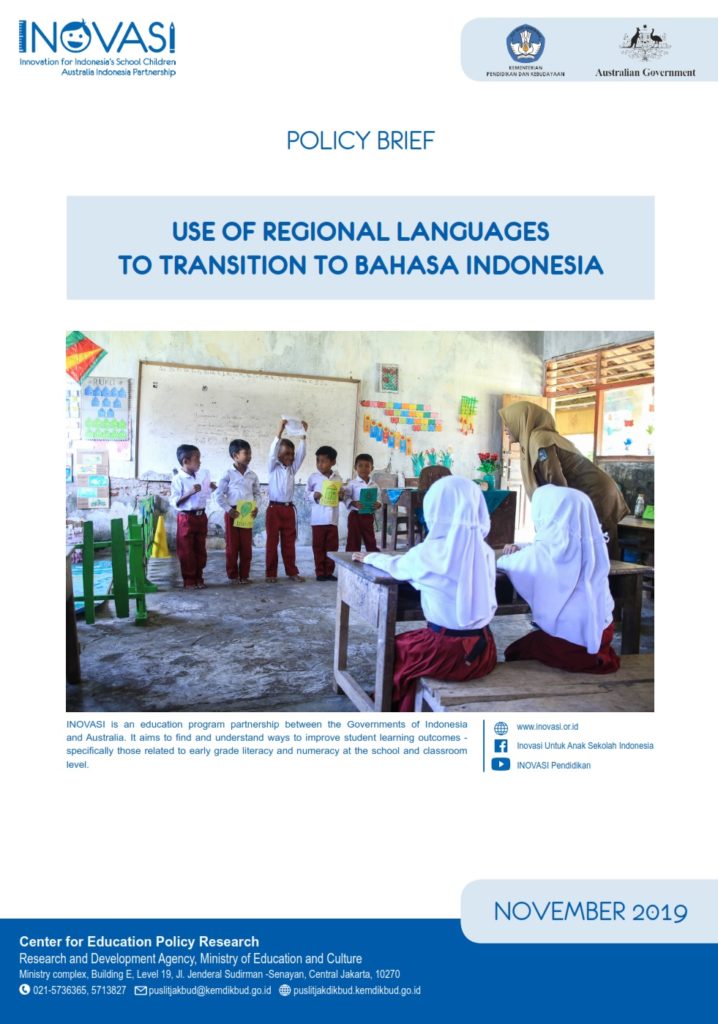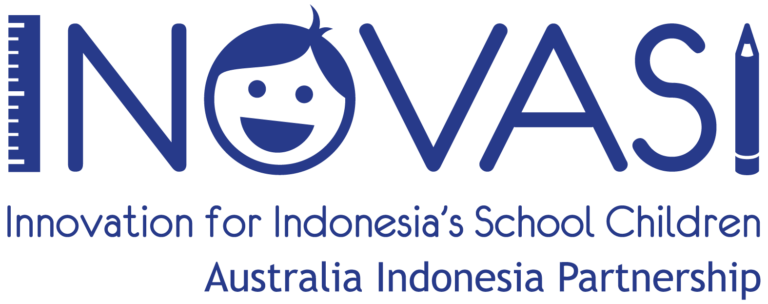
Research from the Global Education Monitoring body, appointed by UNESCO, found that 40 per cent of the world’s population don’t access education in a language they understand. This situation occurs in Indonesia on an even larger scale due to the diversity of regional languages across the country. Based on language mapping conducted by Indonesia’s Language Agency (Badan Bahasa) in 2015, a total of 659 regional languages are spoken as a mother tongue in Indonesia and each of these has dialectal or sub-dialectal variations. It is estimated that there could be as many as 1,318 Indonesian mother tongues. As a result of this language diversity, many Indonesian children are disadvantaged and fall behind their peers from the beginning of schooling.
This October 2019 policy brief explores key strategic issues and policy recommendations for the use of mother tongue language in education in Indonesia. The brief draws on INOVASI’s work and body of evidence to date, based on pilot implementation in Sumba Island, East Nusa Tenggara and Bima district, West Nusa Tenggara. A further update of the brief will be done in late 2019, with additional endline evidence from selected INOVASI implementation locations.






